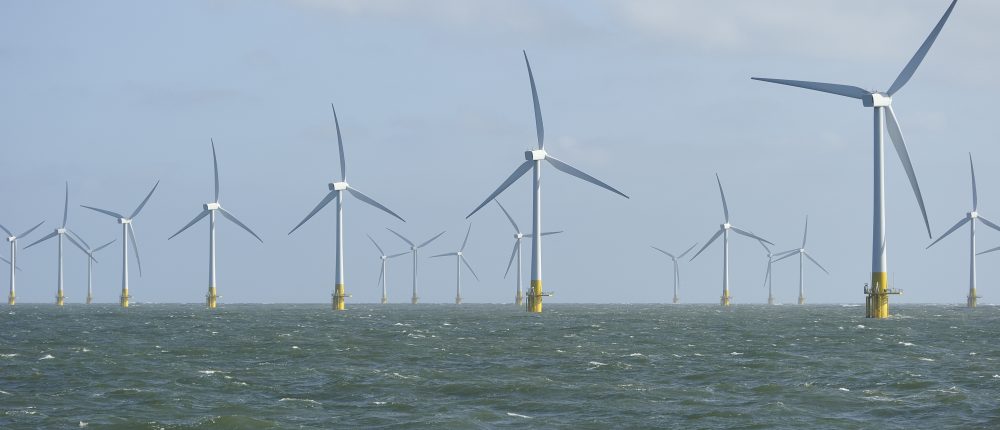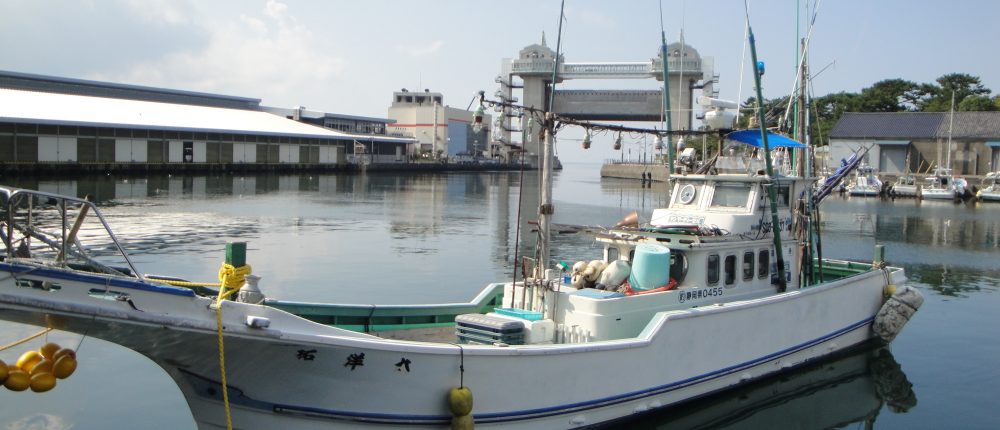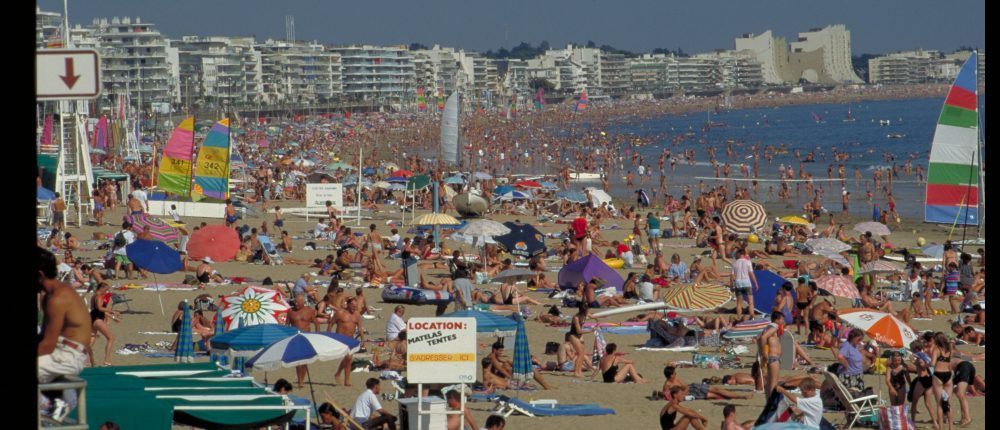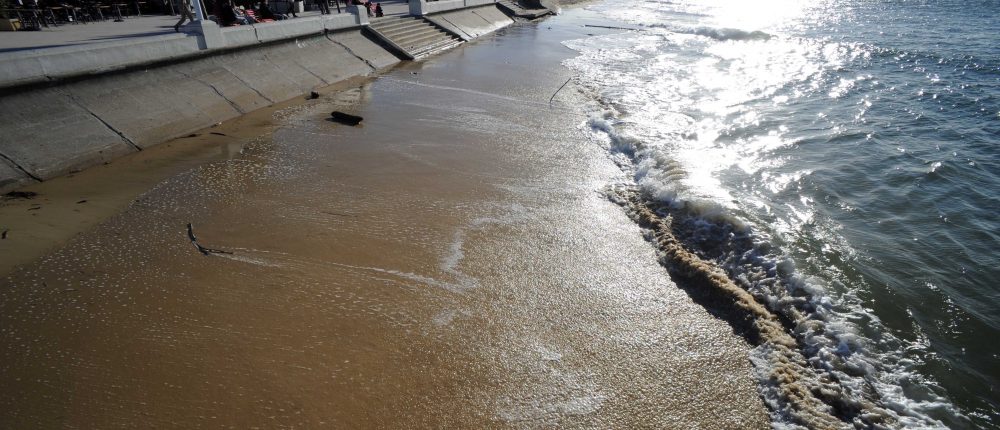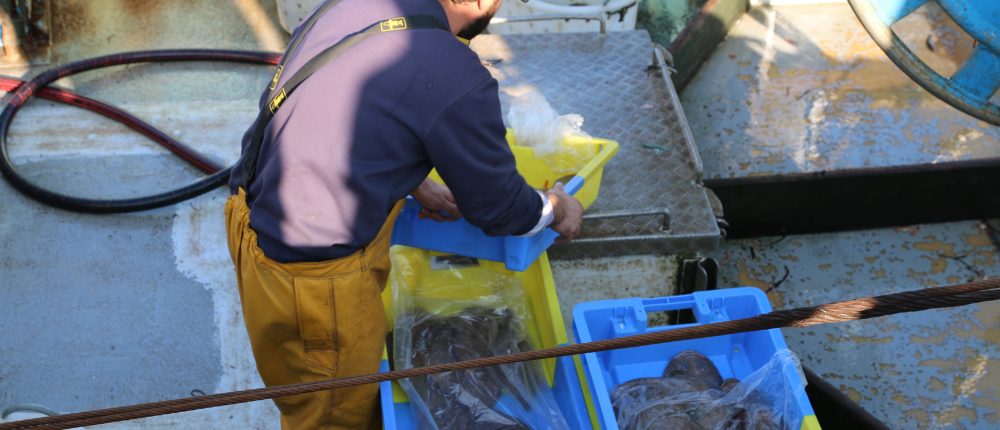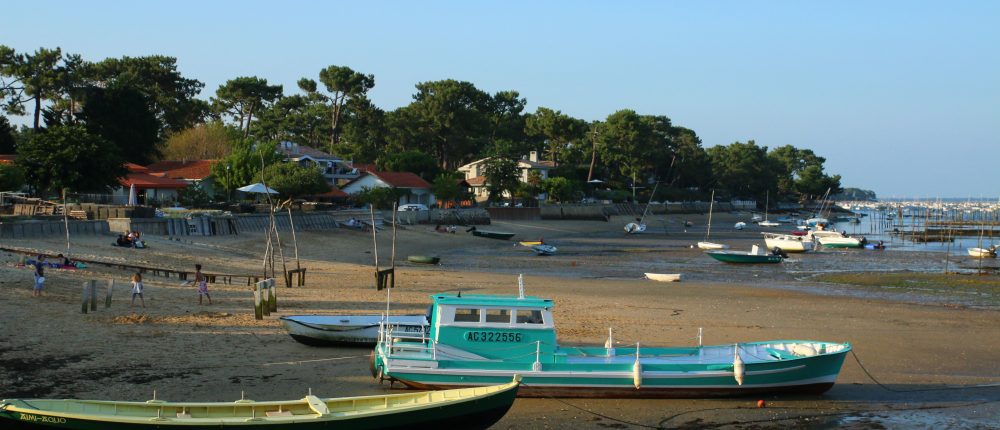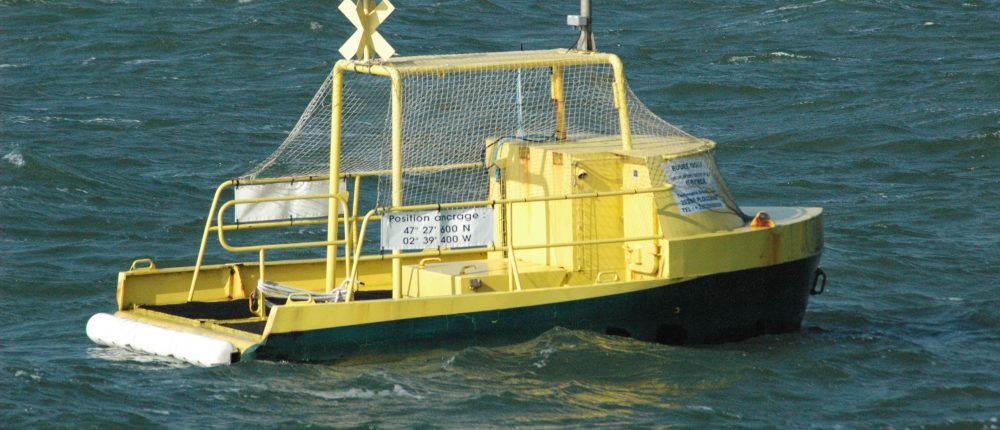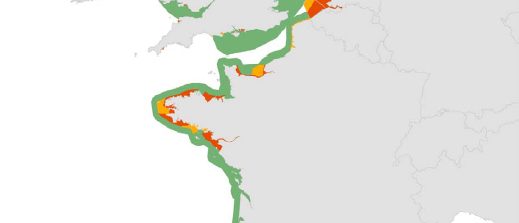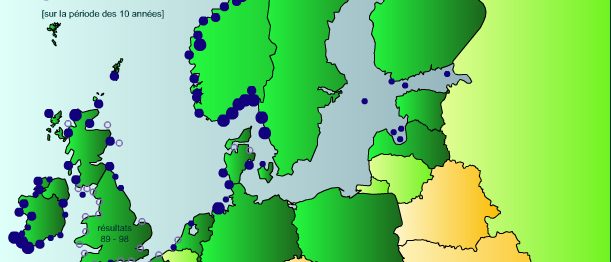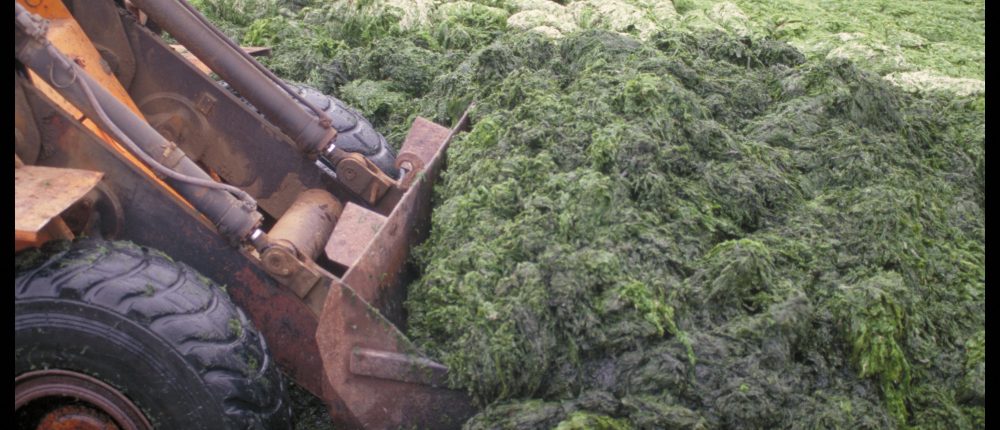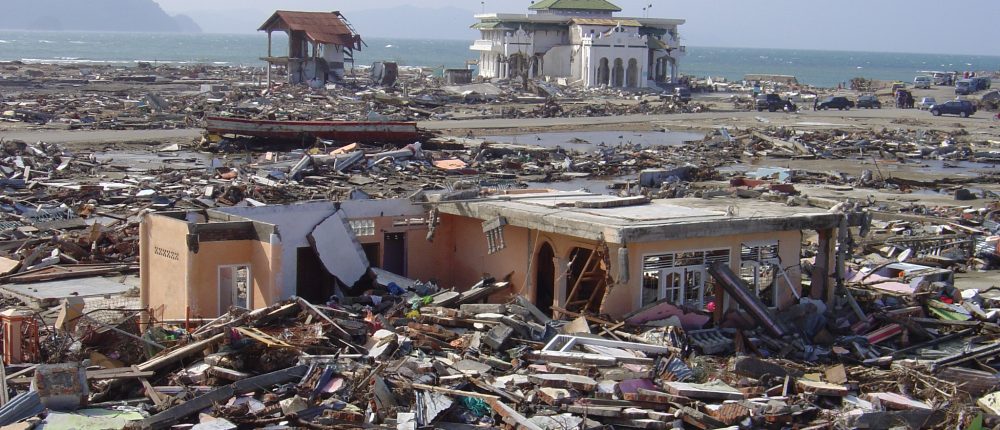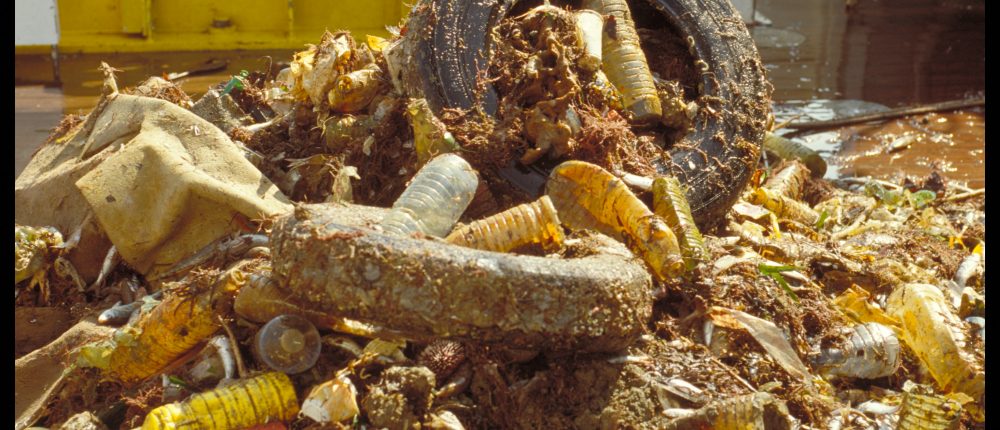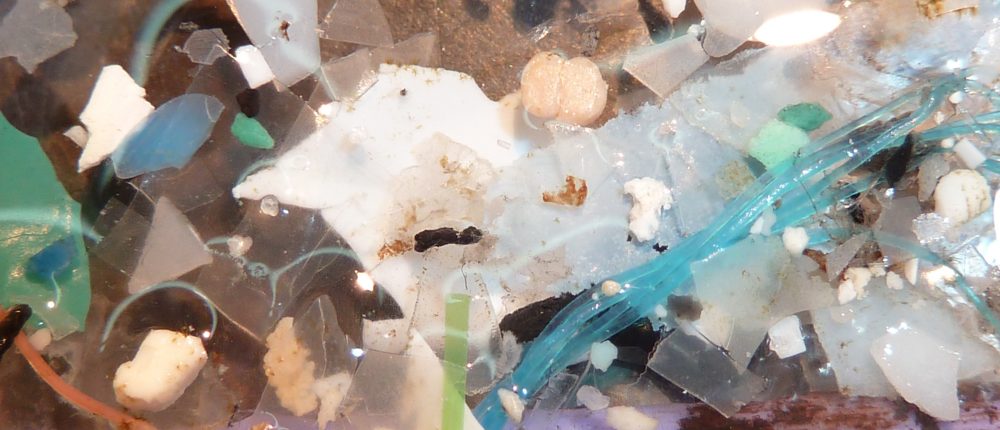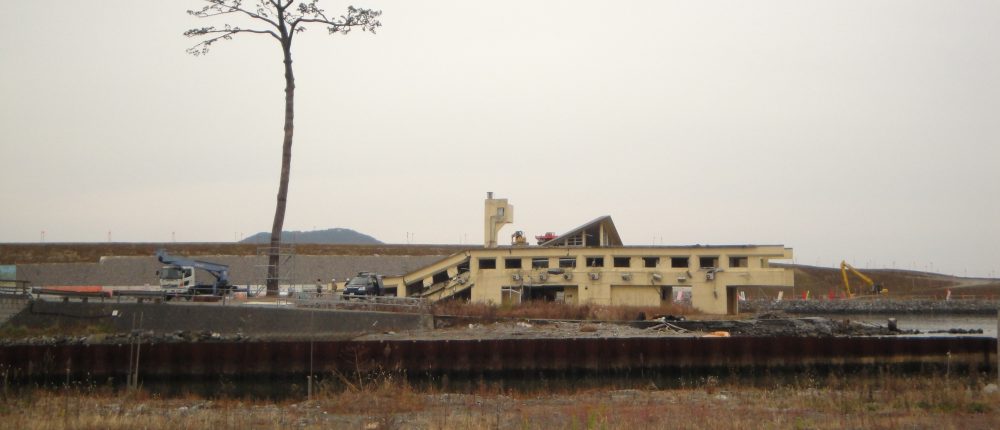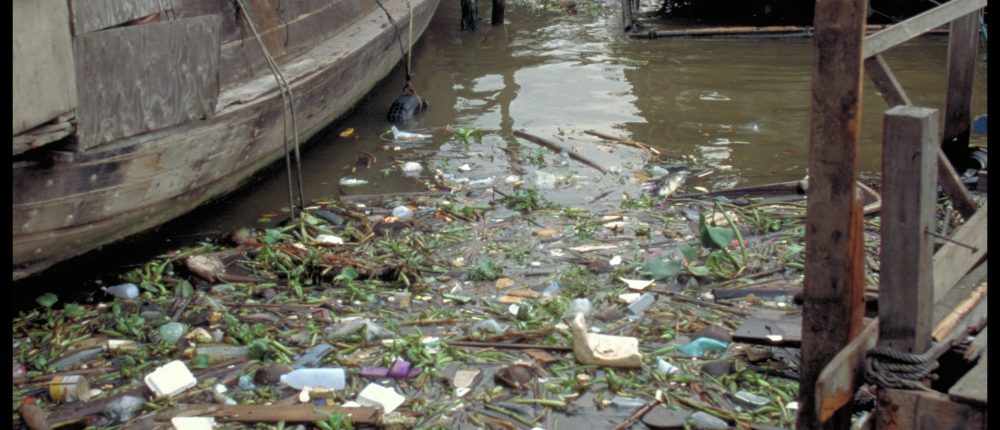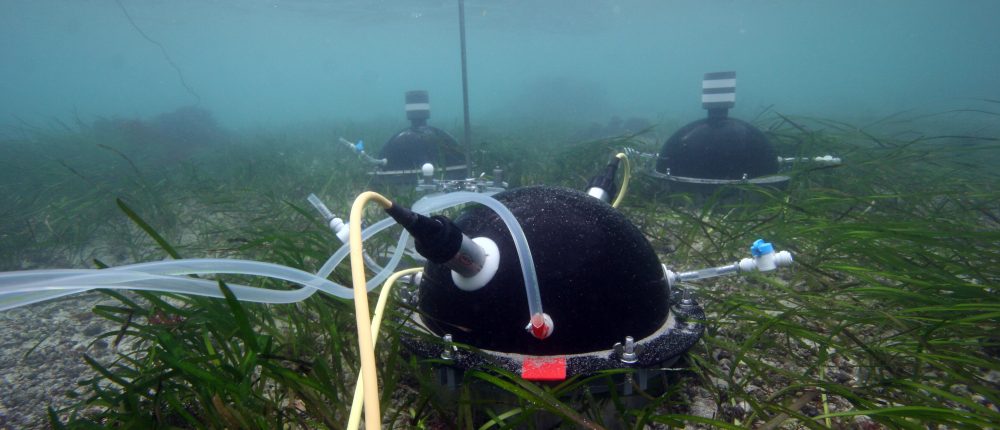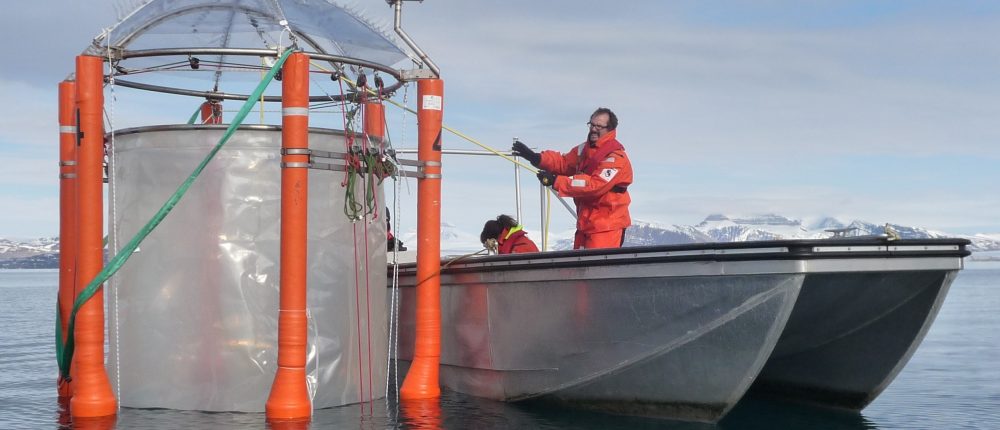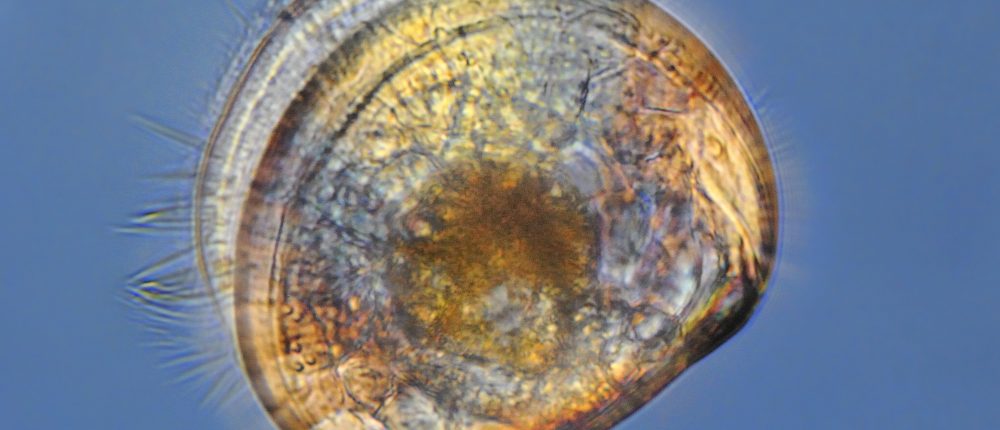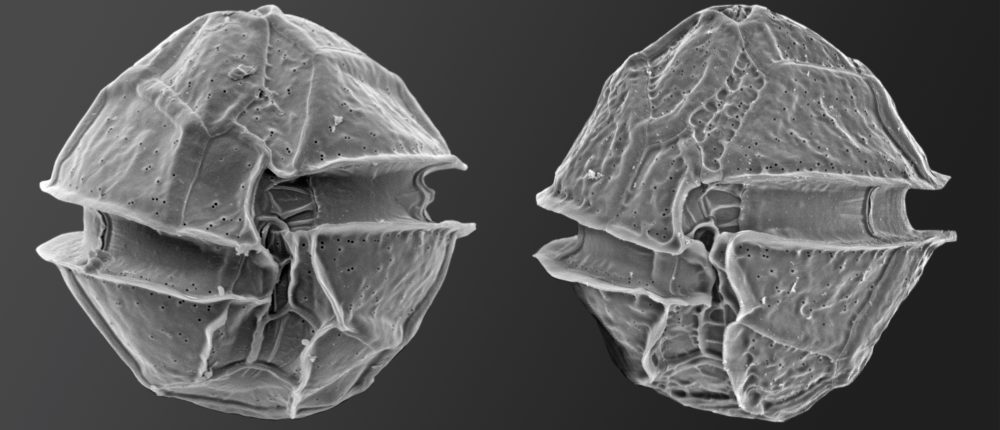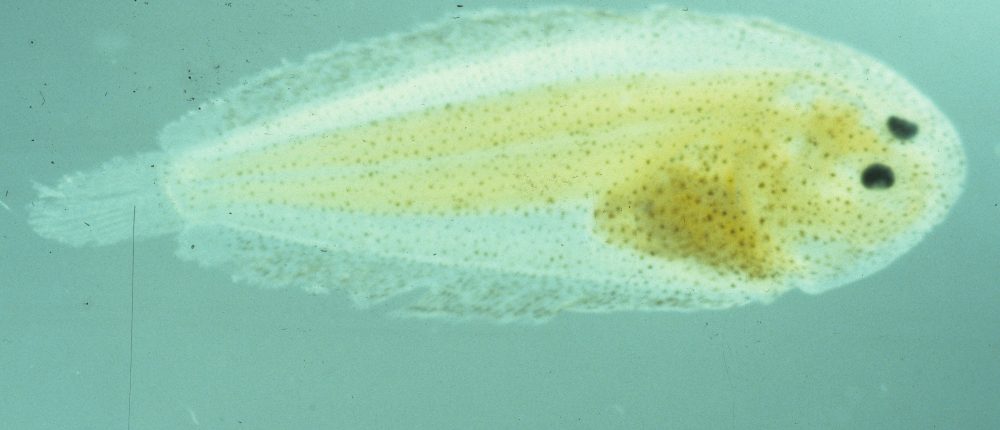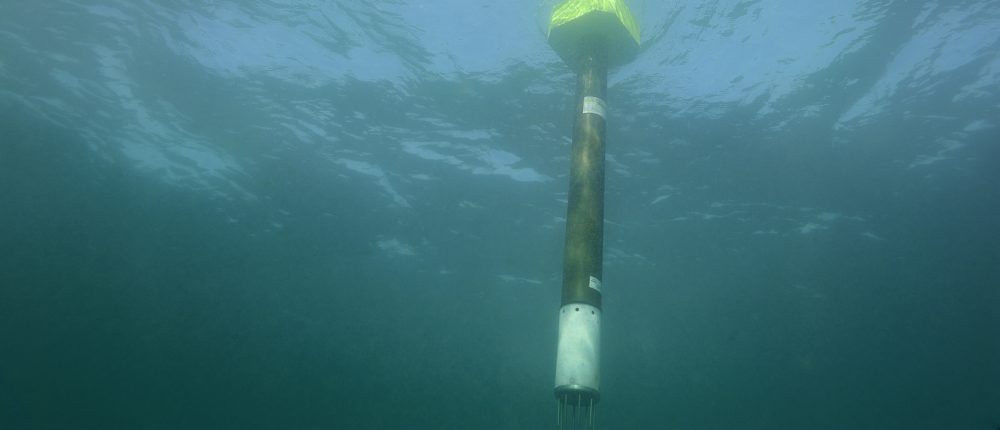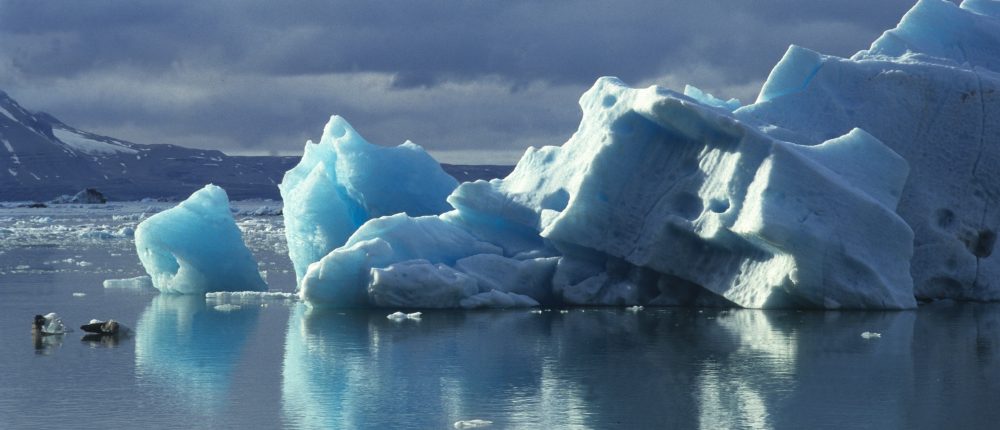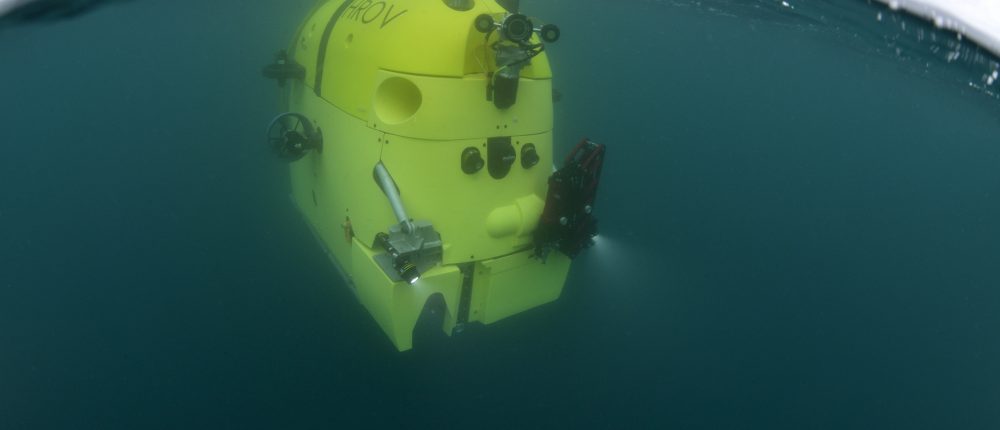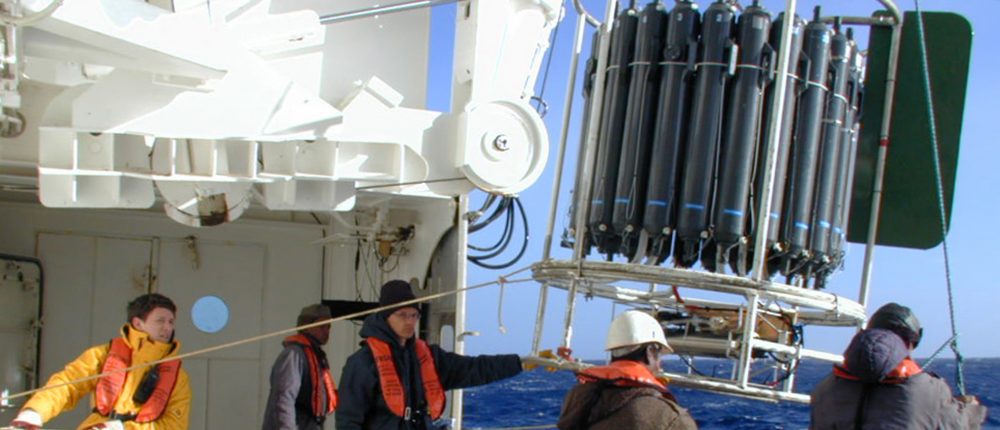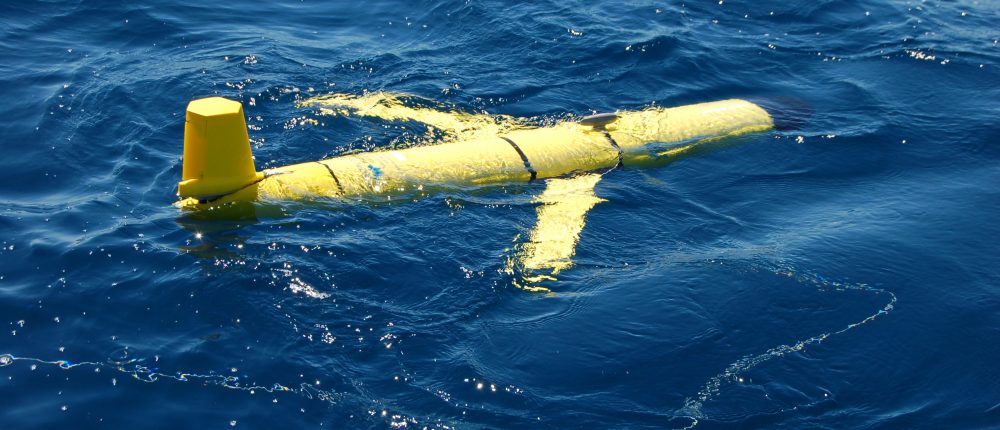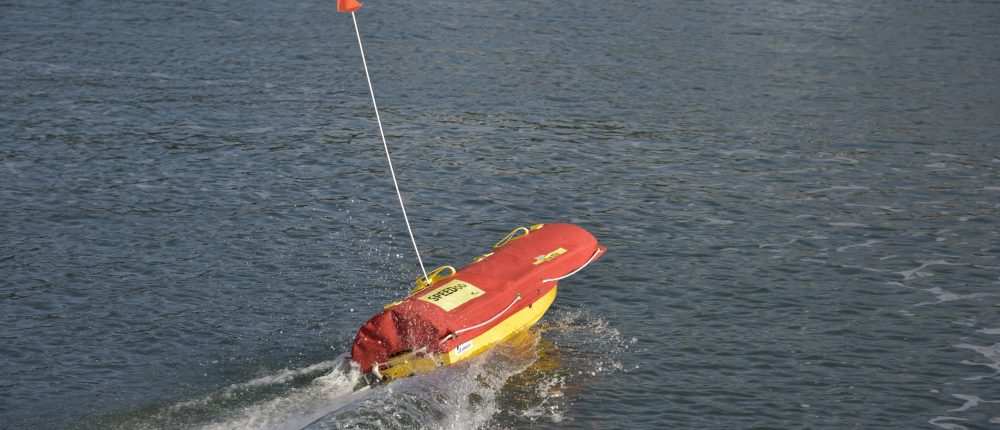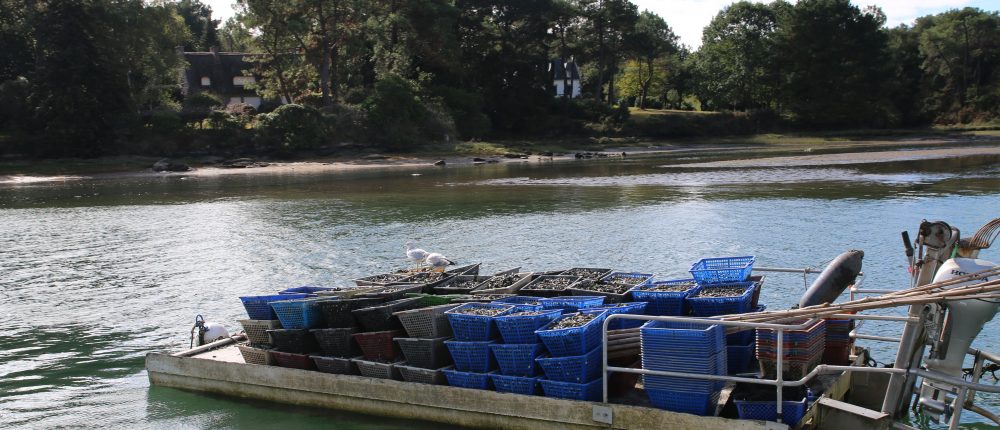Keywords:
- Ecological engineering.
- Coastal planning.
- Renewable maritime energies.
- Ecosystemic and integrated approaches including the analysis of the effect of marine protected areas and marine parks.
Terms of reference: How to implement management policies at different scales whose purpose is to guarantee a more ecological governance for a more human conservation. How to establish a harmonious cohabitation of the different uses in a space subjected to multiple constraints. Some EU Framework Directives such as the WFD (Water Framework Directive), the MSFD (Marine Strategy Framework Directive) and the recent SMPD (Framework Directive for the Spatial Marine Planning) make it possible to evaluate the good state of inshore, estuarine and coastal water masses, to measure the impacts of anthropogenic pressures and to establish co-habitation policies for coastal marine uses up to the limit of the Exclusive Economic Zone (EEZ). Japan refers to its “basic plan for the Environment”. These guidelines are based on transdisciplinary scientific studies, in an integrated ecosystem approach, foreshadowing what might be a coastal and operational oceanography, aimed at feeding the Integrated Sea and Coastal Management (ISCM) approach and political decisions that relate to it. This is the topic of the fourth session. Here the term “communities” is taken in a broad sense and refers to both animal and plant communities and human communities.
Keynote 4 – T. Komatsu – Impact of global warming on coastal habitats in Northeast Asia
S. Pouso – restoration effects of socio-ecosystem
K. Pinarbasi – Decision support tools in marine spatial planning
C. Maynard and D. Paterson – green shores
K. Wakita -what motivate people to conserve marine ecosystem services
C.F. Boudouresque- global change and management of Mediterranean coastal habitats
Y. Hénocque – From coast to deep-sea
